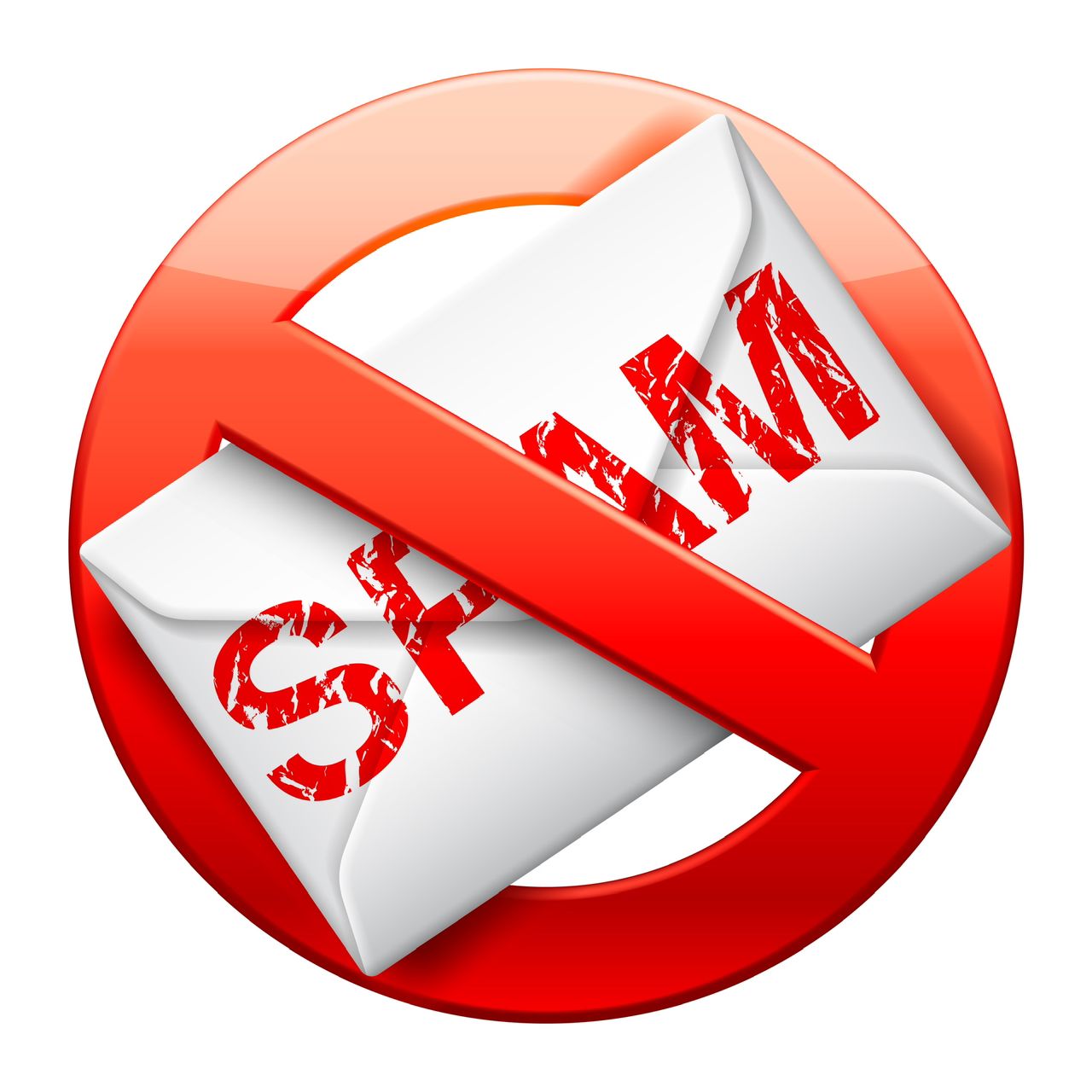
In the vast realm of the digital age, email has become an integral part of our personal and professional lives. . It serves as a convenient and efficient means of communication, connecting people across the globe. However, amidst the convenience and efficiency email brings, there is an unwelcome guest that constantly tries to invade our inboxes—spam. Email spam, the unsolicited bulk messages that flood our accounts, not only waste our time but also pose security risks. These unwanted emails clutter our inboxes, making it difficult to find legitimate messages and potentially exposing us to scams, phishing attempts, and malware.
This blog explores the world of email spam, its impact, and practical tips to help you combat and minimize its presence.
Understanding Email Spam:
Email spam refers to the practice of sending bulk, unsolicited emails, typically with a commercial or malicious intent. These unwanted messages clutter our inboxes and often contain fraudulent schemes, phishing attempts, or links to malware-infected websites. The primary motives behind email spam range from advertising products or services to identity theft and financial fraud. Unfortunately, the tactics employed by spammers continue to evolve, making it crucial for users to stay informed and take proactive measures.
Origins and Evolution:
The roots of email spam trace back to the early days of the internet when the first unsolicited mass emails were sent. As the online world grew, so did the problem of spam. The rise of e-commerce, coupled with advances in technology, created fertile ground for spammers to exploit unsuspecting individuals and organizations.
Spammers have become increasingly sophisticated, adapting their methods to circumvent spam filters and deceive recipients. They often employ tactics such as disguising their messages, using misleading subject lines, or employing social engineering techniques to gain trust. Furthermore, the proliferation of botnets, networks of compromised computers, has enabled spammers to amplify their reach and evade detection.
The Impact of Email Spam:
Email spam affects individuals, organizations, and society as a whole in numerous ways:
- Wasted Time and Reduced Productivity: Sorting through a flood of spam emails wastes valuable time, diverting our attention from important tasks and reducing overall productivity.
- Financial Losses: Spam emails often advertise counterfeit products, online scams, or phishing attempts. Unwary recipients may fall victim to these tactics, resulting in financial losses or identity theft.
- Security Risks: Some spam emails contain malicious attachments or links that, when clicked, can unleash malware, spyware, or ransomware on your device. This compromises your privacy, security, and the integrity of your digital data.
- Strain on Network Resources: Spam emails consume server bandwidth and storage space, causing additional strain on network infrastructure and affecting overall email service performance.
- Reputation Damage: For businesses, spam emails can tarnish their reputation and undermine customer trust. Recipients may associate a company’s name with unwanted messages, leading to a negative perception of their brand.
Common Types of Email Spam:
- Phishing: These emails trick recipients into revealing sensitive information, such as passwords or credit card details, by impersonating trusted entities like banks or popular websites.
- Malware-laden attachments: Spam emails may contain malicious attachments that, when opened, install harmful software on the recipient’s device.
- Pump-and-dump scams: These spam messages promote low-value stocks to artificially inflate their prices before dumping them for profit.
Fighting Back (Tips to Combat Email Spam):
Now that we can identify spam emails more effectively, let’s explore some essential strategies to protect our inboxes:
- Use a robust spam filter: Most email service providers offer built-in spam filters that can automatically detect and divert spam emails to a separate folder. Make sure to enable this feature and regularly check the spam folder for any false positives.
- Keep your email address private: Avoid sharing your email address indiscriminately online. Spammers often scrape websites and forums to harvest email addresses, so be cautious while posting or providing your email publicly.
- Be selective with subscriptions: When signing up for newsletters, online services, or making online purchases, read the privacy policies and terms of service carefully. Opt out of any unnecessary communications to minimize the chances of receiving spam.
- Don’t engage with spam: Replying to or clicking on links in spam emails confirms your email’s validity to spammers and may lead to an increase in spam. It’s best to avoid any interaction with suspicious messages.
- Regularly update your software: Keep your email client, antivirus software, and operating system up to date. Software updates often include security patches that protect against vulnerabilities exploited by spammers.
- Educate yourself: Stay informed about the latest spamming techniques and phishing scams. Many online resources provide valuable insights into emerging trends and ways to protect yourself.
- Report and block spam: Most email clients allow you to report and block spam emails. By doing so, you contribute to the collective effort of reducing spam and protecting other users. Top of Form
Conclusion:
Email spam continues to be an enduring nuisance in the digital landscape. However, armed with knowledge and employing proactive measures and staying vigilant, you can significantly reduce its impact on your digital life. By utilizing robust spam filters, exercising caution, and staying informed, you can ensure a more secure and streamlined email experience. Remember, your vigilance and proactive measures are essential in the ongoing battle against email spam. Stay informed, stay cautious, and keep your inbox spam-free.
